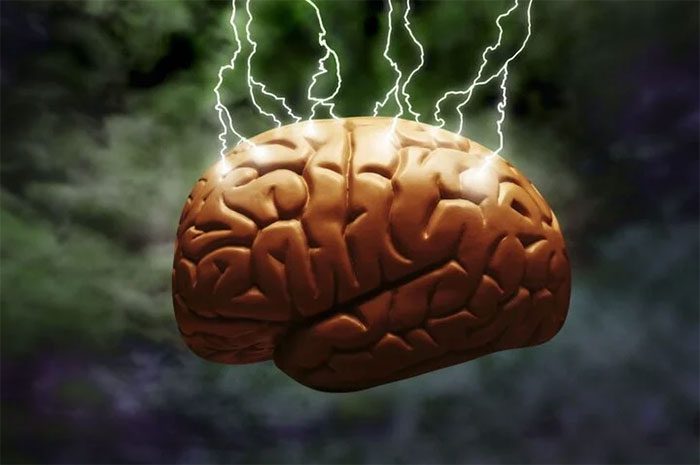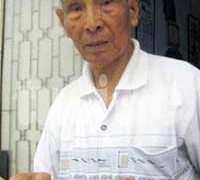Scientists Discover the Human Brain Can Function for Up to 60 Minutes After Cardiac Arrest
Brainwave signals and memories of life may explain what is known as the “near-death experience.” A recent study revealed that out of every 10 participants, 4 could describe what happened in their subconscious after coming close to death.
Researchers noted that approximately 350,000 to 750,000 cardiac arrests occur in the United States each year, averaging about 1,000 to 2,000 cases per day, with a survival rate of 10%. This translates to roughly 100 to 200 patients surviving cardiac arrest each day who receive treatment across more than 6,000 hospitals. To gather enough survivors for a statistically significant study, researchers had to invest considerable effort.
The research, which began in 2015, focused on patients undergoing cardiopulmonary resuscitation (CPR) and defibrillation. Due to ethical considerations and the low survival rate of cardiac arrest patients (about 10%), this study holds significant value for those interested in near-death experiences and brain activity.
The findings were published in early 2023 in the journal Resuscitation, involving a network of 25 hospitals across various states in the US, as well as in Bulgaria and the United Kingdom. Patients experiencing cardiac arrest were equipped with a kit including a tablet (displaying 10 random images), headphones (randomly playing three words: banana, apple, or pear), and an electroencephalogram (EEG) device to measure brain activity and monitor oxygen levels in the brain. This kit was set up to ensure it did not interfere with the CPR process.

During emergency resuscitation efforts on cardiac arrest patients, scientists found no signs of consciousness but did record brain activity, including dreams.
Over the three years of the study, scientists monitored 567 cases of cardiac arrest, with 53 survivors, 28 of whom were able to complete screening and interviews for the research.
Near-Death Experience
In the study, only 28 out of 567 survivors of cardiac arrest were able to complete cognitive assessments. Among them, 4 out of 10 patients reported being aware “to some extent” after CPR. Out of the 28 survivors: 11 reported having memories or sensations similar to those experienced during the moments of cardiac arrest; 6 reported having gone through a “experience beyond death”; and 3 described sensations akin to dreams.
None of the participants exhibited full consciousness. Each patient reported their unique experiences, such as reuniting with deceased loved ones and receiving advice to “return”; experiencing an out-of-body sensation while observing the doctors performing CPR on them; recalling moments from the past; and some felt as if they had just experienced a dream, stepping into a puddle but emerging dry and having become part of it.
New Discoveries
In reality, this is a small research field with limited reference data on a small number of patients, so it primarily serves to encourage scientists to continue similar studies in the future. However, the study made a significant contribution by showing that brain activity in cardiac arrest patients can persist for up to 60 minutes after cardiac arrest begins and the resuscitation process starts.
In a statement from New York University, researcher Sam Parnia noted: “For a long time, doctors believed that the human brain would suffer permanent damage after the heart stops supplying oxygen for about 10 minutes, but our study found that there are still signs of EEG recovery throughout the CPR process.” The continued activity of the brain challenges conventional understanding and may provide a coherent explanation for the themes recounted in many near-death experiences, warranting further research.
It can be asserted that efforts to direct or influence the subconscious during near-death experiences through images or sounds were largely unsuccessful, with only 1 out of 28 participants identifying the three spoken words and none identifying the images. In some ways, this reinforces the idea that what occurs in a person’s near-death experience lies deep within the subconscious, existing even when parts of the brain have ceased functioning.
According to a 2019 report, in contrast to those experiencing near-death experiences, patients with obstructive sleep apnea report higher rates of nightmares. Perhaps the transition in the brain from conditions of adequate oxygen supply to less oxygen causes changes in consciousness. In apnea patients, sensations may feel more urgent and frightening, leading to nightmares. However, during prolonged cardiac resuscitation, the experience appears to be more peaceful.




















































